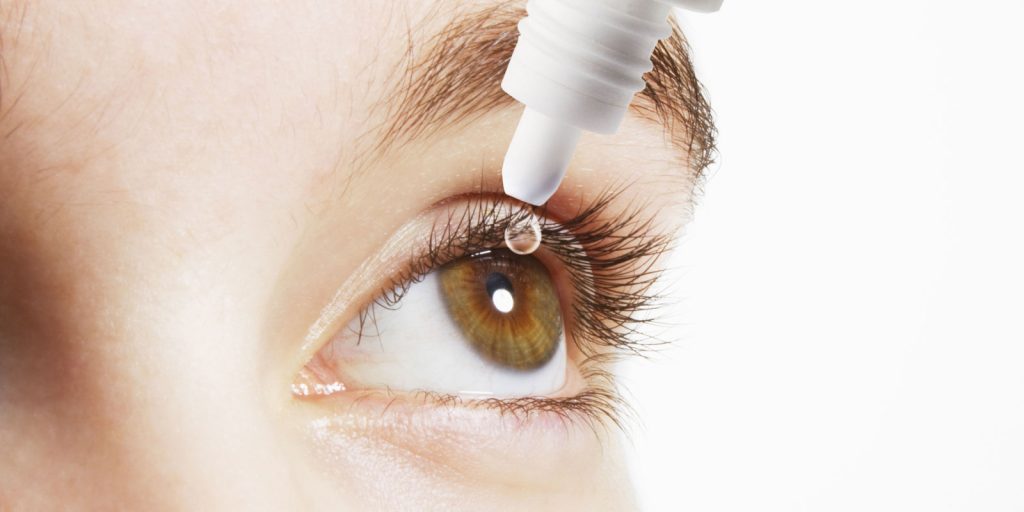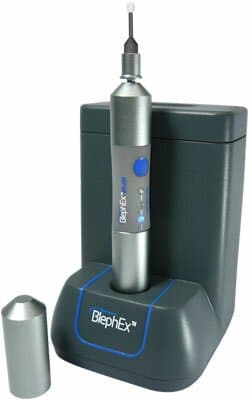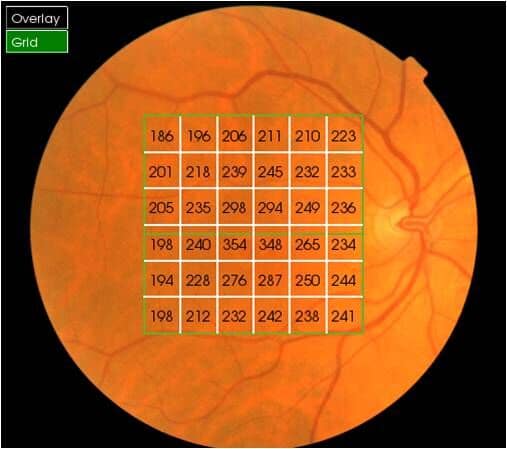
Ways to treat dry eyes. A growing problem in this modern age, the feeling of walking around with a stone in your shoe everyday is not pleasant. Neither is the eyelash in your feels that can come with dry eye disease. Depending on the underlying cause of your dry eyes, there are a number of options available to you in treating them. Not all options are suitable for all as there are different types of dry eye.
20/20/20 rule
Lets start with some preventatives. Your eye sight might be 20/20 but are your following the 20/20/20 rule? Excessive computer work, phone browsing and reading can cause your blink rate to drop significantly. This will mean your tears evaporate, leaving the surface to become dry. Normally, you would be blinking again before your tears have a chance to evaporate, leaving patches of dry areas. So what do you do? Blinking is an unconscious act so you cant consciously blink while you are working as it would be very distracting. This is where the 20/20/20 rule come in. Set a timer on your phone for 20 minutes and work as you normally would. When the alarm goes off, stop working for 20 seconds and do 20 blinks, then reset the timer and carry on working. Do things this way means you are having a regular break from the screen and you make up for the blinking you are not doing while working. This is one of the simplest ways to treat dry eyes.
Blinking
Is this an obvious one? Maybe not, as most people will overlook the importance of blinking or the lack there of when doing concentrated tasks. When you are busy working away on your screen or even watching a movie on your computer your blink rate comes right down. The normal blink rate is about 15 blinks a minute and you could easily go down to zero when staring at a screen intently.
Closing Your Eyes
After all those hours staring at your work, take a break, close your eyes.
Lubricant drops & Artificial tears
Ocular lubricant drops, also known as artificial tears are the most common form of dry eye control. They work in their simplest form by increasing the tear layer and creating a barrier between the lids and the eye surface.
There are many types of lubricating drops available. What sets them apart is in the way they work in addition to the tear volume described above.
Additional components work to mimic the natural tears in nutrient composition, lubricity, salt components. They are therefore acting as tear substitutes, continuing to do the job that our natural tears would otherwise be doing.
These additional components can mimic different parts of the tear film. The three basic layers of mucin, lacrima and meibum work together and
taking this further, manufacturers are developing drops that stay in the eyes for longer, reducing the number of times you will need to put them in your eyes over the day.
And finally there is the length of time the drops last in the bottle. Previously, most artificial tears were preserved. The preservative use, Benzalconium chloride has the long been known to actually cause dry eye itself over long term use. More and more manufacturers have been changing to either non preserved or disappearing preservative formulations.
Lubricant Dry Eye Ointment
When artificial tears are just not good enough on their own. These provide maximum viscosity and will stay in the eye after one application for hours.
Sound great, but the downside is that they will make your vision all blurry while they are working. For this reason this treatment is restricted to overnight use or severe corneal surface damage.
These come in preserved and un-preserved formulations and as mentioned above, un-preserved formulas are becoming the norm.
If you are using drops during the day and need something for the night, these are what you need. Or if you find your symptoms predominantly on waking, use these before you go to bed at night.
Lubricant sprays
These are aerosol based sprays that contains lipid to mimic the outer layer of the tear film. They are used if you have evaporative dry eye as the outer layer slows the evaporation of the tear film.
To use these sprays you actually spray on your closed eyelids. This results in the mixture landing on the margins of your eyelids which, when opening the eyes causes it to spread and interact with the ocular surface film.
Eyelid Heating/Warming
Meibomian gland dysfunction can be caused by a stagnation in the flow of meibum, the component of the outer tear layer. This is an oily secretion made of lipids. Just as oil under certain conditions can be thick and viscous, the meibum can become too viscous to travel easily through the tiny ducts that exit the eyelids. Using heat by placing a heat pad, warmed to a moderate temperature, thins the meibum. This means it can more easily pass through the ducts and perform it’s function.
Eyelid Massage
This makes a good follow on routine after the heating above. This involves gently massaging the eyelids in order to squeeze out the stagnant meibum and open the glands up. Done regularly, it can be effective for meibomian gland dysfunction. The eyepeace massager was developed by Ophthalmologists in Northern Ireland to make it easier to perform an efficient massage of the eyelids.
Eyelids scrubs
These work on the eyelids and are to treat meibomian gland dysfunction and blepharitis. Since both conditions can be present together, lid scrubs help clear the debris and mildly exfoliate the lids, opening the glands.
Micro-blepharo Exfoliation (Blephex) | Tearfilm Clinic

This treatment targets the lids margins where you can have a buildup of dead skin cells, scurf and bacteria. As a result of these factors a localised inflammatory reaction can occur. This inflammatory condition is called blepharitis and it is very common for dry eye to follow due to the close proximity of the tear glands in the eyelids and the eye itself.
BlephEx treatment involves the use of a micro-surgical sponge spinning at high speed being used to clear the debris and exfoliate the lid margin. It is a deep clean for the eyelids similar to a visit to the dentist to have your eyes professionally cleaned.
BlephEx is performed by a qualified and experienced Optometrist in clinic.
Meibomian Gland Expression | Tearfilm Clinic
Eyelid massage can be effective but sometimes you need to go further. This is where meibomian gland expressing comes in. Using numbing drops your eye care professional will use a special tool to gently express the glands and give them a good clearing. This can be good for those who have moderate to severe meibomian gland disfunction.
Tea trea oil
The active component TTP is toxic in higher concentrations. But at the right concentration it can be effective against demodex mites.
Honey
Ever heard of the guy who cured his blepharitis using honey? Honey has known antibacterial and anti-inflammatory properties. This may not be the case for all types of honey as many honeys are processed by heating which significantly reduces their antibacterial properties.
Punctum Plugs | Tearfilm Clinic
Your tears collect in the corner of your eyes near your nose in an area called the medial canthus. In this area you can sometimes see, if you look close enough, a tiny hole on the corner of your lower lid. There is actually one on the upper lid almost directly above too. These holes are called the puncta and they drain the spent tears in through the lacrimal apparatus and into the back of your nose.
Nutritional Supplements
Nutrition plays a key role in health and the same can be said for eye health. We already know of the benefits of macula antixoidants for macular health but dry eye is also influenced by our diet. One of the internal ways to treat dry eyes is with the use of dietary supplements.
Wind shield glasses
Although there are many ways to treat dry eyes, once thing that should not be forgotten is preventative measures. As they say, prevention is better than cure. As most dry eye is the evaporative kind, due mainly to problems with the eyelid glands, we should look at how to maintain this. Staying hydrated will mean your eyes will be more moist.Prevention
Moisture chamber goggle
Medicated Treatments for Dry Eyes
Antibiotics
Steroid Eye Drops
These prescription only medicines are only prescribed by medical professionals or specialist Eyecare professionals.
They are used sparingly, as is the case with all types of steroids.
High-Tech Therapies to Treat Dry Eyes
Intense Pulsed Light – IPL | Tearfilm Clinic
Intense pulsed light or IPL is used in the aesthetic industry for hair removal. However, it has also been found to be useful for meibomian gland dysfunction.
Lipiflow Thermal Pulsation System
A high tech approach to dry eye therapy, Lipiflow is for meibomian gland deficiency only.
Restasis
Lacrisert
Xiidra
Serum drops
Blood
As you have read, there are many ways to treat dry eyes





